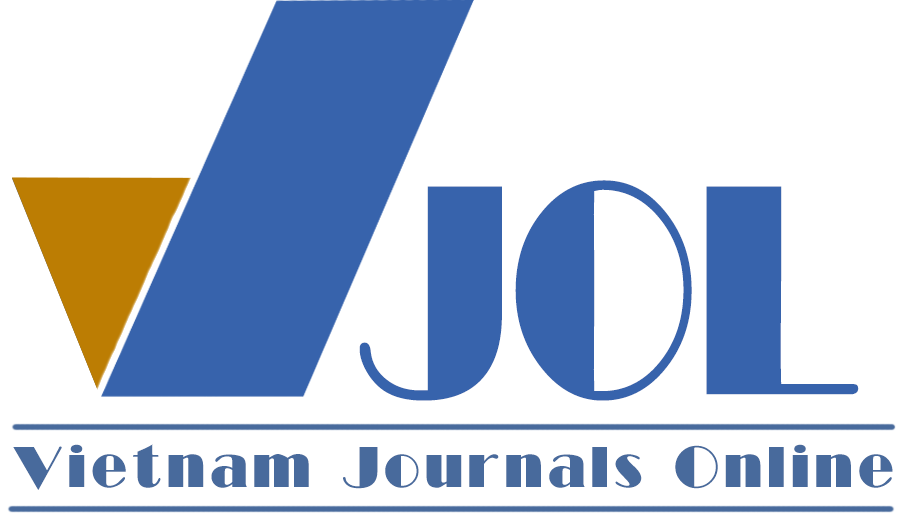INTEGRATING MATHEMATICS AND ECONOMICS WITH THE SUPPORT OF GEOGEBRA SOFTWARE IN TEACHING THE SYSTEM OF FIRST-ORDER INEQUALITIES WITH TWO UNKNOWNS AT THE HIGH SCHOOL LEVEL
DOI:
https://doi.org/10.18173/2354-1075.2024-0147Keywords:
integrated teaching, interdisciplinary, system of first-order inequalities with two unknowns, mathematics, GeoGebra, economics.Abstract
The 2018 General Education Curriculum has introduced numerous innovative teaching methods including integrated teaching. Within the context of integrated teaching, interdisciplinary integration is among the teaching methods that have drawn significant attention. Meanwhile, the content of the system of first-order inequalities with two unknowns is a crucial topic in mathematics, potentially enhancing the integrated teaching methods. This study introduces a new teaching approach that integrates interdisciplinary teaching of mathematics and economics with the support of GeoGebra software in teaching the system of first order inequalities with two unknowns at the high school level. Building on existing research on integrated teaching, the research team employs both theoretical and practical research methods to develop a teaching approach tailored to the current educational context in Vietnam. The research has identified two approaches for exploiting, providing the teaching process as well as outlining methods to organize interdisciplinary teaching of mathematics and economics through economics problems about the system of first-order inequalities with two unknowns. The research focus of the article represents a significant contribution to enhancing the quality of teaching and learning.
Downloads
References
[1] Frykholm J & Glasson G, (2005). Connecting science and mathematics instruction: Pedagogical context knowledge for teachers. School Science and Mathematics, 105(3), 127-141. https://doi.org/10.1111/j.1949-8594.2005.tb18047.x.
[2] Owen EJ, (2015). Integrative and Interdisciplinary Approaches to Leadership Developement. New directions for student leadership, 145, 5-6. https://doi.org/10.1002/yd.20119.
[3] Jelena MJ, Anđelija ID, Jelena S, Ljubica IB, Marko DP & Smiljana DV, (2022). Is the integrative teaching approach beneficial for learning? International Journal of Cognitive Research in Science, Engineering and Education (IJCRSEE), 10(2), 173-183.
[4] Xavier R, (1996). The integrated pedagogy: How to develop competencies in schools, Vietnam Education Publishing House.
[5] Kaur N, (2019). Integrated Approach in Science Teaching. Journal of Emerging Technologies and Innovative Research (JETIR), 6(3), 396-410. https://doi.org/10.13140/RG.2.2.17945.67683.
[6] Medha M, Navgeet M & Shaista S, (2019). Integrated Teaching in Medical Education: The Novel Approach. Journal of Research in Medical Education & Ethics, 9(3), 165-173. DOI: 10.5958/2231-6728.2019.00030.1.
[7] Lewis E, (2017). Promoting Undergraduate Research Through Integrative Learning. International Journal of Teaching and Learning in Higher Education, 29(3), 545-550. Available at: https://files.eric.ed.gov/fulltext/EJ1150796.pdf.
[8] Leonard JB, (2012). Integrative Learning: A Grounded Theory. Issues in Integrative Studies, 30, 48-74. Available at: https://wwwp.oakland.edu/Assets/upload/docs/AIS/Issues-in-Interdisciplinary-Studies/2012-Volume-30/05_Vol_31_pp_48_74_Integrative_Learning_ A_ Grounded_Theory_(Jeannie_Brown_Leonard).pdf.
[9] Nguyen NG, (2019). Integrating mathematics, informatics, and physics, University of Education Publishing House.
[10] Haapaniemi J, Venäläinen S, Malin A & Palojoki P, (2019). Home economics education: exploring integrative learning, Educational Research, 61(1), 87-104, https://doi.org/10.1080/00131881.2018.1564626.
[11] Tran ND, Tran DH, Nguyen TA, Vu NTH, Ngo HL, Pham HQ & Pham TTT, (2022). Mathematics 10, Volume one, The Horizon of Creation, Vietnam Education Publishing House.







